Everglades
Do you have any thoughts on this post?
Energy development in Nevada’s Ruby Mountains puts at risk the very qualities that make these public lands important to sportsmen and women
Often referred to as the Swiss Alps of Nevada, the Ruby Mountains in Elko County rise from 6,000-foot-elevation sagebrush steppe to alpine vegetation at over 11,300 feet on the summit of Ruby Dome. The rugged terrain is home to nearly every game animal in the state, including mountain goats, bighorn sheep, elk, and mountain lions, as well as Nevada’s largest mule deer herd. Resident game birds include Himalayan snowcock, blue grouse, chukars, and the greater sage grouse, while a host of eagles, hawks, and other birds are often seen soaring high above the peaks. Mountain streams contain healthy fish populations, among them the native Lahontan cutthroat trout. Hunters, anglers, backpackers, and recreationists of all types spend thousands of days and dollars each year camping and exploring this iconic mountain range.
Without a doubt, the Rubies are among Nevada’s most beloved landscapes and provide vital habitat for wildlife.
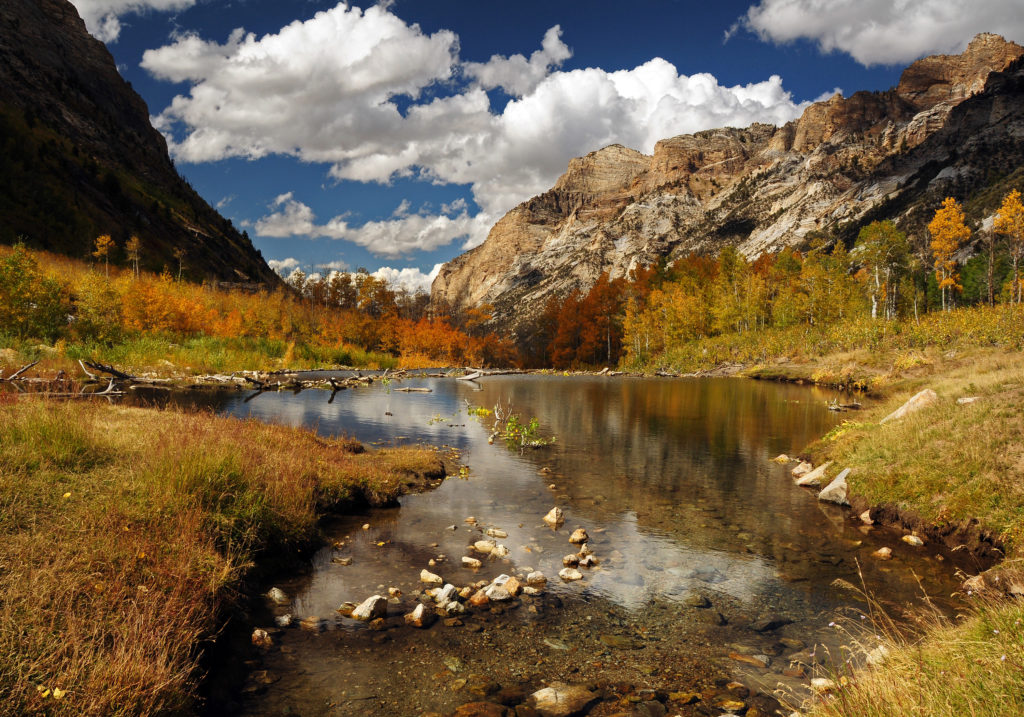
This past fall, the Humboldt Toiyabe National Forest invited the public to comment on a proposal to lease approximately 54,000 acres in the Ruby Mountains for oil and gas exploration. Parcels under consideration for leasing extend in places from the foothills to the top of the range, and several directly abut the boundary of the Ruby Mountain Wilderness. Others lie within a mile of Ruby Dome and the scenic, high-alpine Griswold Lake. The proposed leases spread several miles on either side of Harrison Pass, a very popular area for campers and deer hunters, while the southernmost tracts encompass crucial winter range and migration corridors for big game.
During an initial 30-day comment period, the Forest Service received more than 8,000 responses from various agencies, individuals, and organizations. Tellingly, only a handful of comments supported the proposal. Sportsmen and women, especially, expressed concerns at the prospect of someday seeing roads, machinery, and oil wells scattered across the landscape. Besides the Theodore Roosevelt Conservation Partnership, other sporting organizations voicing their objections include Trout Unlimited, Backcountry Hunters and Anglers, the Coalition for Nevada’s Wildlife, and Nevada Muleys.
Because of the intense public interest in the issue, the Forest Service has extended the comment period on the proposed leasing until April 23, 2018. Concerned sportsmen and women must make their voices heard. Energy exploration in the Ruby Mountains would jeopardize the quality of the region’s wildlife habitat and the celebrated opportunities it offers to hunters and anglers. This rich and storied landscape is no place for drilling and development.
Take action now. Please offer your comments on the proposed leasing and ask that the Humboldt Toiyabe National Forest:
Photos courtesy of USFS
When it comes to infrastructure that works for flood-prone communities and fish, not all culverts are created equal
When fish run into man-made barriers, such as roads or bridges, carefully planned and executed infrastructure can mean the difference between disrupting their typical migration and allowing passage to spawning grounds or more available food sources. Often, to get from one side of a road or bridge to another, fish pass through culverts, which are often long metal tubes that allow water to pass under a roadway.
But not all culverts are created equal. Some can be easily overwhelmed by rain or other weather related events and become hazardous for fish. Culverts that are too small can create fast-moving water, harming juvenile fish that aren’t yet strong swimmers. As the stream bank around a culvert erodes away, it can become perched too far from the surface of the water for fish to access it safely.
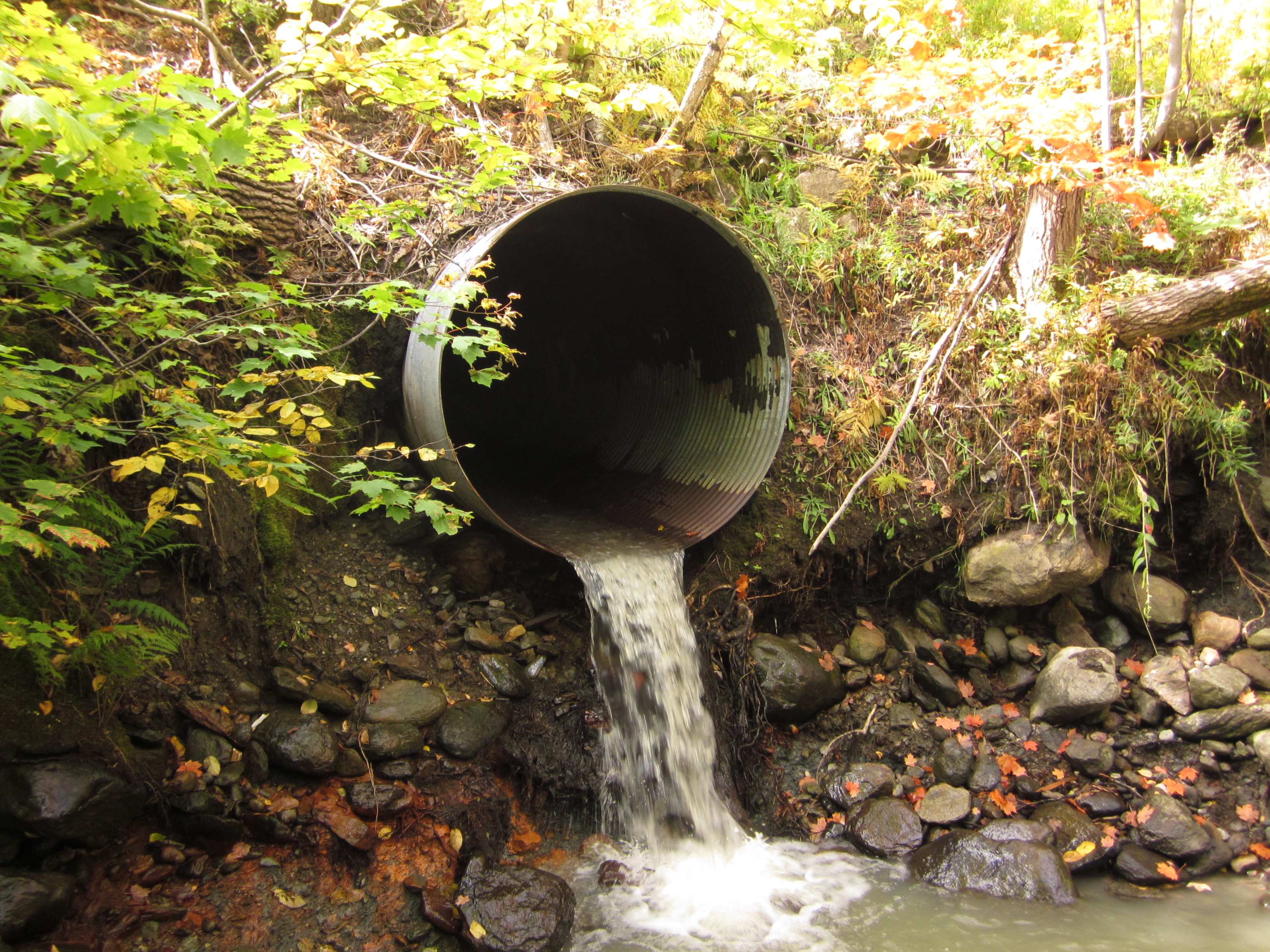
The people who designed these crossings never intended them to hurt more than they help, but we understand much more now about how to make culverts fish-friendly. This is particularly an issue in the Southeast, an area with an abundance of fish species but also some of the highest rates of fish endangerment. This is due, in part, to poor-quality stream crossings. Luckily, the work of conservation groups and the Trump administration’s appetite for infrastructure funding could turn things around in the Southeast and across the country.
Federal agencies, such as the U.S. Forest Service, and sportsmen’s organizations have taken the lead on replacing culverts to improve fish passage. From 2008 to 2015 alone, the Forest Service and other partners invested more than $105 million to replace or remove 1,049 culverts on Forest Service land across the country. In the Forest Service’s Southern region, this led to the removal or replacement of 77 culverts, which reconnected 256 miles of aquatic habitat.
This work continues today. Sportsmen’s organizations like Trout Unlimited continue to reconnect fish and wildlife habitat through innovative and nature-based solutions to infrastructure. One of these efforts in the Southeast was the Roaring Creek Project that removed an undersized 36-inch-diameter culvert and replaced it with a 40-foot-wide clear span bridge.

The old culvert had repeatedly failed, causing downstream flooding and necessitating its repeated replacement. The pipe had also become perched, stopping fish from crossing from one side to the other. The replacement bridge is not only strong enough to allow a fire truck to drive over it, now it also allows trout to pass from the headwater streams of Upper Roaring Creek to North Toe River, which is meaningful because Roaring Creek is one of the most productive native trout streams in the state. More than 4 miles of high quality trout streams have been reconnected because of this project.
Utilizing fish-friendly culverts doesn’t just help fish and wildlife, it is also more cost-effective for taxpayers. During heavy rains, many small culverts cannot handle the increased water flow, causing roads—like this one in Cherokee County, Ga.—to collapse. Every time a culvert under a road blows out due to poor design, taxpayers have to foot the bill. Roads have to be closed, as traffic is diverted, costing U.S. businesses valuable time as trucks are detoured or detained. Importantly, this also impacts the roads that emergency vehicles can take.
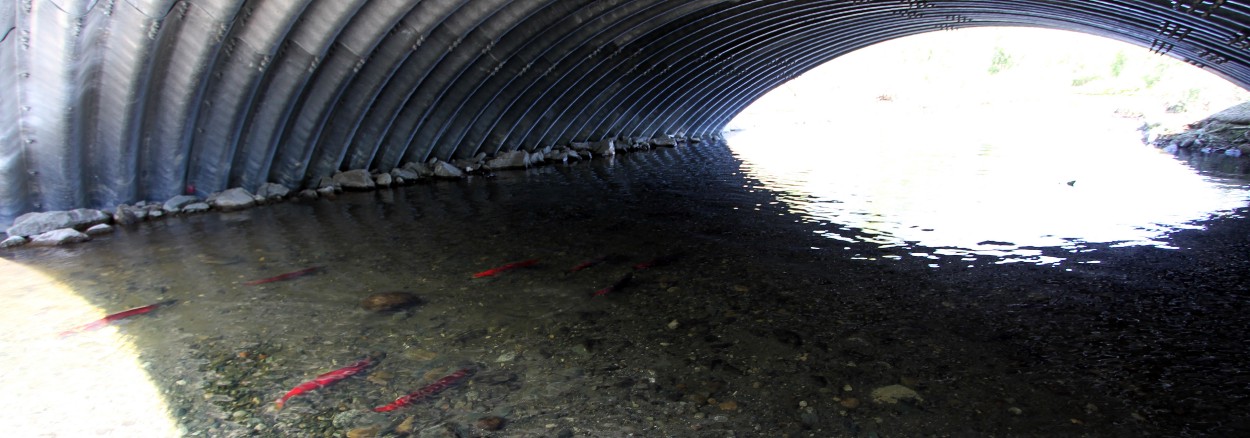
However, stream crossings with natural bottoms or culverts that are appropriately sized for fish passage can withstand heavier rainfalls. In Alaska’s Mat-Su Valley, 100 dated culverts were replaced with fish-friendly alternatives that still remain, even after a catastrophic flood in 2012.
The TRCP is actively seeking to ensure broader installation of fish-friendly culverts through our work with the Fish and Wildlife Service’s Fish Passage Prevention Roundtable. We’ve also joined with other hunting, fishing, and conservation organizations to champion nature-based solutions to infrastructure challenges and advocate for federal funding to help replace old, ineffective culverts. By highlighting the public safety, financial, and fish habitat benefits provided by effective culverts, the TRCP is working to move the needle on an issue important to anglers nationwide.
Top and bottom photos courtesy of USFWS/Katrina Liebich.
Fisheries management can be influenced by the American appetite for (certain kinds of) seafood, which makes it even more important that the system works better for anglers
My brother Joey and I were weird, I guess. When we were kids, we loved to fish for sheepshead, which, at the time, were generally thought to be a “trash” fish and were despised by most Louisiana anglers.
Sheepshead are ugly by any objective standard. They have big, goofy buckteeth, gray and black skin, and a row of foreboding spikes along their dorsal fins. They’re also an absolute pain to clean. Some charter guides I knew when I was in my teens refused to even put them in the ice chest, for fear that they would wind up on the cleaning table along with the better speckled trout and redfish.
But I never agreed with sheepshead getting a bad rap. First of all, they fight like caged, rabid raccoons. And on our summer trips to Grand Isle or fall excursions to Cocodrie, the sheepshead aggressively ate a piece of shrimp or hermit crab on a jig head when the speckled trout wouldn’t cooperate, and they guaranteed that we had some fresh fish to go with our suppers of canned beans, and French bread.
Sure, you had to hack through some thick rib bones and tough scales to get a filet. But crabs are hard to clean, and I don’t know too many folks who consider boiled and steamed blue crabs to be “trash,” just because the meat is difficult to pick out.
Then, about 15 years ago, sheepshead started showing up on restaurant menus under the pseudonym “bay snapper.” Suddenly, a bunch of anglers who would never have kept an ugly, stubborn sheepshead were raving about how tasty their fish-of-the-day lunch special was.
Now, pretty much every restaurant in South Louisiana has sheepshead on the menu or as a fresh-fish special. I guess the cliché about one man’s trash being another man’s treasure applies.
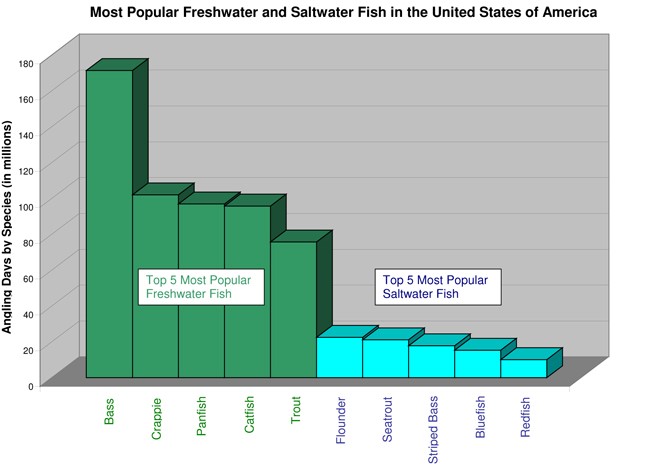
I’m often struck by how frequently recreational and commercial fishermen are pitted against each other over a handful of “popular” fish because they taste good or they fight hard or simply because they are easy to catch. How many fish like sheepshead, once considered less desirable by both recreational and commercial fishermen, are out there? How can fishing for these species lessen the animosity that has been built over fish like red snapper?
I’m also dumbfounded, at times, by the argument that states are not as equipped to manage commercial fisheries as the federal government, especially when states have responded to the increased popularity of sheepshead with adapted management for both recreational and commercial harvest. And still we don’t fight over sheepshead at state commission meetings like we do over red snapper at the federally directed Gulf of Mexico Fisheries Management Council.
State fisheries agencies generally do a good job of conservatively managing commercial and recreational fishing, which is one of the reasons the TRCP and many of its sportfishing partners support the Modern Fish Act—because it would increase the role that states play in federal management and data collection for recreational fishing.

Like sheepshead, there are other fish thought of as trash, simply by reputation. On a late-March trip to Grand Isle, my fishing buddies got to tie into a handful of gafftopsail catfish, another much-maligned, yet hard-tugging and good-eating saltwater predator. I kept the fish, despite some dirty looks, and I used the filets to make a catfish courtbouillon, a rich tomato-based stew my family ate on Good Friday.
Everyone said it was delicious. They had no idea they were eating trash, I guess.
Gafftops, unlike their cousins the hardhead catfish, aren’t bottom-dwelling scavengers. They strike lures as aggressively as redfish and speckled trout and fight every bit as hard. On a memorable day in late August a few years ago, several five-pound gafftops exploded on topwater plugs in the Grand Isle surf when I was aiming for specks. The surface boiled and my drag screamed as if a redfish or big trout had busted the bait. But when the fight was over, my friends looked in disgust at what was on the end of the line. Similar to the way sheepshead were looked at 30 years ago, some of my friends won’t even put a gafftop in the ice chest for fear of scorn at the cleaning table.
But the list of reformed trash fish is growing each year. Bonito were once only kept for cut bait and chum, but if the meat is taken care of, they are just as tasty as their blackfin tuna relatives. Even the dreaded invasive Asian carp is pretty tasty after being dredged in seasoned corn meal and dropped in hot grease. There are more than enough of them available for those who want to give them a taste.
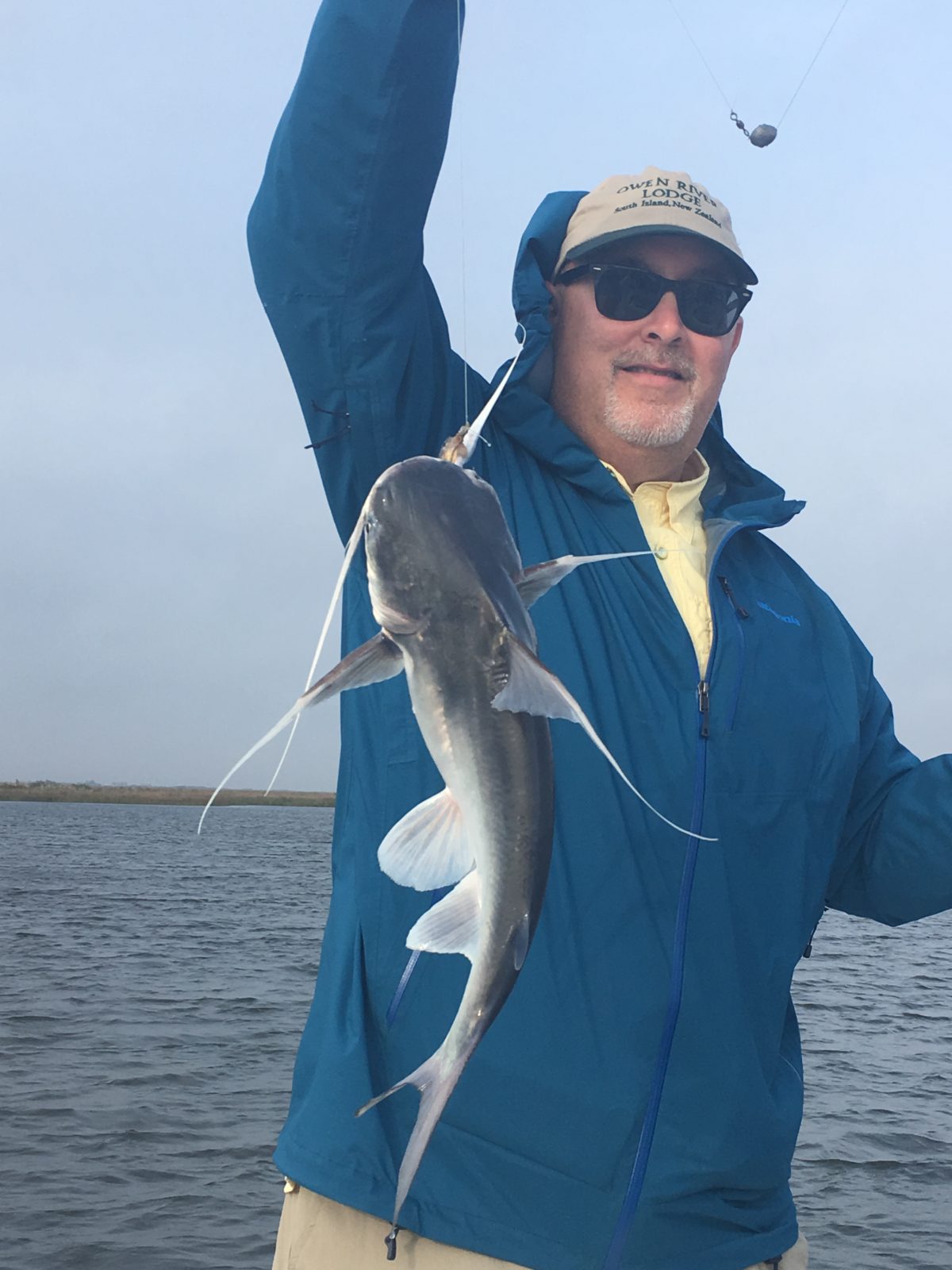
I’m not suggesting that I would give up on a good trout bite or a school of hungry redfish to chase down gafftops or throw chunks of hermit crabs at sheepshead. But, like many fishermen who have busy home- and work-lives, I like to catch something while I’m out there—I’m not going to turn down the opportunity to hook aggressive-striking, hard-pulling fish and keep a few of them for the grill or the fryer.
And I’m not suggesting that improving the management of popular species like red snapper or cobia is less important because there are other fish out there to catch. My point is that, too often, anglers fall into the trap of getting hung up on catching one fish or another, and it can lead to a less enjoyable time on the water if a particular season is closed or the target species doesn’t cooperate that day. It might be up to us to “dig in the trash” more often.
But as attitudes towards these fish evolve and change, it will be even more important that our system of federal fisheries management does not ignore recreational fishing—because restaurant trends will come and go, but the importance of predictable seasons to local outdoor recreation businesses will not.
Top photo by Anna Hesser via Flickr
Whit Fosburgh talks to Mark Kenyon at Wired to Hunt about Farm Bill basics and what’s at stake for habitat conservation and hunting access on private lands
We’re so grateful that podcasters like Wired to Hunt‘s Mark Kenyon are willing to geek out with us about conservation policy when it really matters. Even though we’d all rather be talking about what was on the trail cam yesterday, complex legislation like the Farm Bill will chart a course for the habitat and access projects of tomorrow.
Here are the basics on why it matters and what you need to know as lawmakers write and debate this bill.
Listen for more conservation news and deer hunting stories over at Wired to Hunt.
Theodore Roosevelt’s experiences hunting and fishing certainly fueled his passion for conservation, but it seems that a passion for coffee may have powered his mornings. In fact, Roosevelt’s son once said that his father’s coffee cup was “more in the nature of a bathtub.” TRCP has partnered with Afuera Coffee Co. to bring together his two loves: a strong morning brew and a dedication to conservation. With your purchase, you’ll not only enjoy waking up to the rich aroma of this bolder roast—you’ll be supporting the important work of preserving hunting and fishing opportunities for all.
$4 from each bag is donated to the TRCP, to help continue their efforts of safeguarding critical habitats, productive hunting grounds, and favorite fishing holes for future generations.
Learn More
